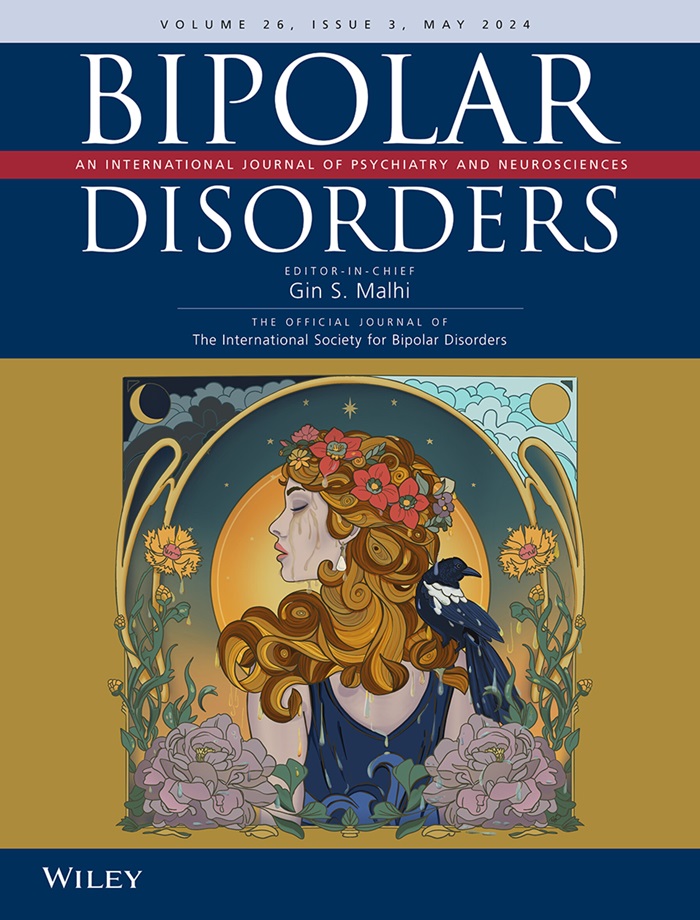Lateral Ventricular Enlargement and Asymmetry and Myelin Content Imbalance in Individuals With Bipolar and Depressive Disorders: Clinical and Research Implications
Abstract
Background
The link between ventricular enlargement and asymmetry with other indices of brain structure remains underexplored in individuals with bipolar (BD) and depressive (DD) disorders. Our study compared the lateral ventricular size, ventricular asymmetry, and cortical myelin content in individuals with BD versus those with DD versus healthy controls (HC).
Methods
We obtained T1w and T2w images from 149 individuals (age = 27.7 (SD = 6.1) years, 78% female, BD = 38, DD = 57, HC = 54) using Magnetic Resonance Imaging (MRI). The BD group consisted of individuals with BD Type I (n = 11) and BD Type II (n = 27), while the DD group consisted of individuals with major depressive disorder (MDD, n = 38) and persistent depressive disorder (PDD, n = 19) Cortical myelin content was calculated using the T1w/T2w ratio. Elastic net regularized regression identified brain regions whose myelin content was associated with ventricular size and asymmetry. A post hoc linear regression examined how participants' diagnosis, illness duration, and current level of depression moderated the relationship between the size and asymmetry of the lateral ventricles and levels of cortical myelin in the selected brain regions.
Results
Individuals with BD and DD had larger lateral ventricles than HC. Larger ventricles and lower asymmetry were observed in individuals with BD who had longer lifetime illness duration and more severe current depressive symptoms. A greater left asymmetry was observed in participants with DD than in those with BD (p < 0.01). Elastic net revealed that both ventricular enlargement and asymmetry were associated with altered myelin content in cingulate, frontal, and sensorimotor cortices. In BD, but not in other groups, ventricular enlargement was related to altered myelin content in the right insular regions.
Conclusions
Lateral ventricular enlargement and asymmetry are linked to myelin content imbalance, thus potentially leading to emotional and cognitive dysfunction in mood disorders.


 求助内容:
求助内容: 应助结果提醒方式:
应助结果提醒方式:


